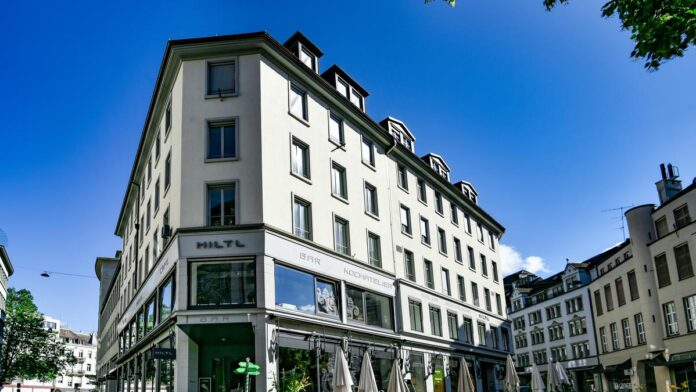It is a fine autumn morning in October, and most people in Zurich are enjoying a rare sunny day. The top floor of Haus Hiltl, the world’s oldest vegetarian restaurant, is buzzing with a fun collaboration. Indian chefs Vicky Ratnani and Thomas Zacharias are bustling around the spacious kitchen, cooking unusual dishes: makhanabhel, mushroom and millet yakhnipulao (which gains more relevance this year, after the UN declared 2023 as the year of millets), and black rice payasam with coconut milk. Hiltl’s own chefs work seamlessly alongside, exchanging ideas, techniques and banter.
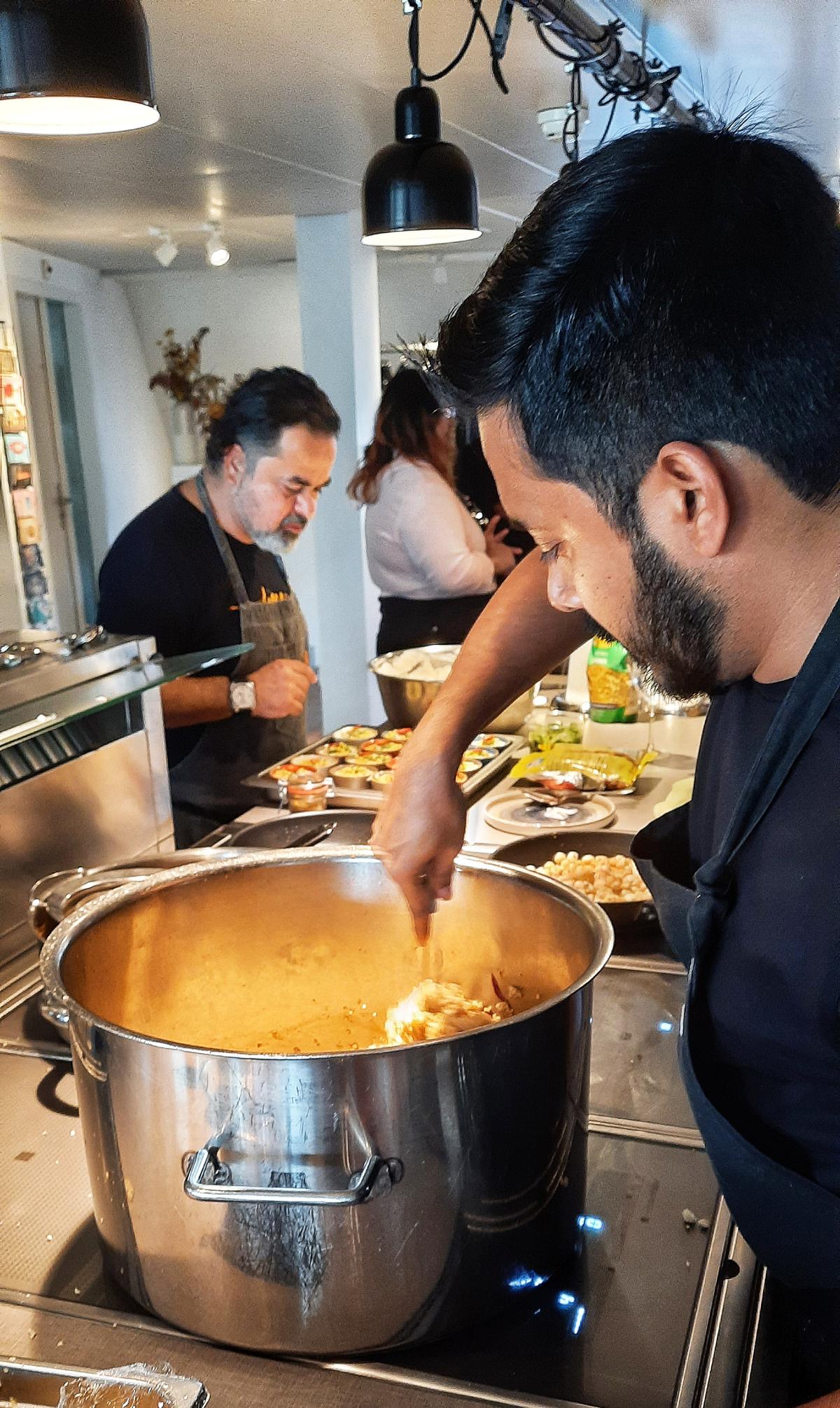
Chefs Thomas Zacharias and Vicky Ratnani
| Photo Credit:
Anita Rao Kashi
The cook-out is special in other ways, too. Last October, Switzerland made a big push for vegetarianism as a sustainability concept with its Swisstainable Veggie Day campaign. On the first of the month, not only is everyone in the country encouraged to go vegetarian, but over 1,200 establishments, including fast food chains and traditional Swiss food establishments, offer only vegetarian menus. For Hiltl, currently run by Rolf Hiltl, great-grandson of the founder (hence the Guinness World Records tag of oldest continuously run vegetarian restaurant), the campaign is more validation of all that it stands for.
“In a meat-centric country like Switzerland, it is quite gratifying to see a place like Hiltl,” says Ratnani. “It is buzzing all day, all week. Not only is the variety on offer great — with global flavours [it combines Indian, Asian, Mediterranean and Swiss influences] and inventive dishes — but theirs is a buffet with a difference: you can eat as much as you want and you pay only for what you eat [the price is based on the weight of one’s plate]. It reduces wastage as food is consumed consciously.”
For the storied 125-year-old restaurant, the collaboration is very much in line with its frequent innovations and campaigns. Like doing its bit to combat food wastage by joining the ‘Too good to go’ campaign, through which it offers all unsold food at 50% discount an hour before closing every day.
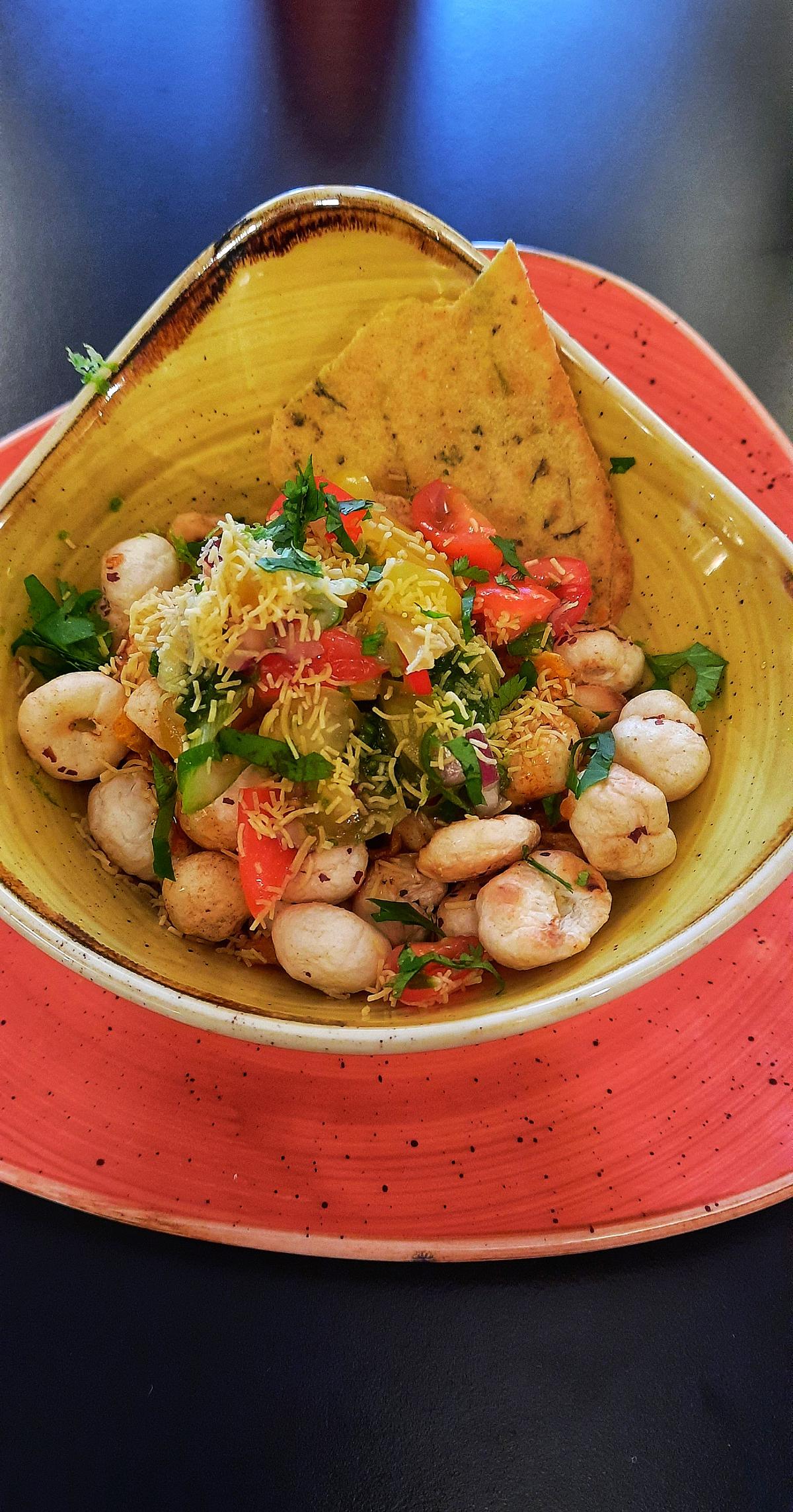
Makhana bhel
| Photo Credit:
Anita Rao Kashi
Makhana on the menu
Ratnani feels his cooking experience, to showcase Indian flavours with available local ingredients, is rewarding. “ Makhana [fox nuts] is the popcorn of the future and I wanted to give it a twist by making bhel with local tomatoes and basil as well as chutney using local mint. For the pulao, sustainability was the main idea, since millets are full of nutrition and also gluten free. Autumn is mushroom season and it was the perfect pairing with millets,” says the chef. “For dessert, the idea was to make it dairy free with black rice topped with local berries. In the end, it shows how ingredients from India and local Swiss produce can come together beautifully.”
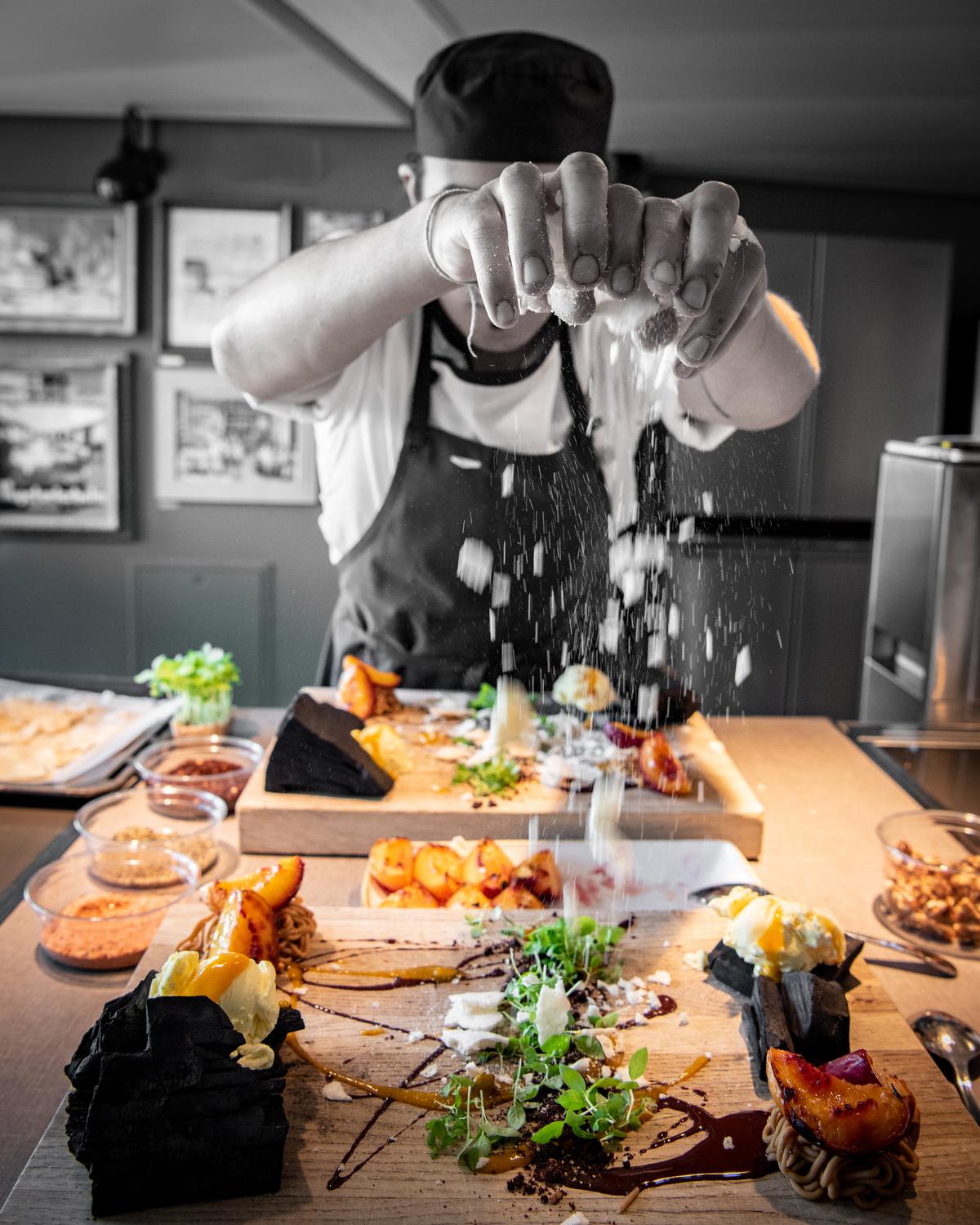
Dessert art
| Photo Credit:
Larissa Schneider
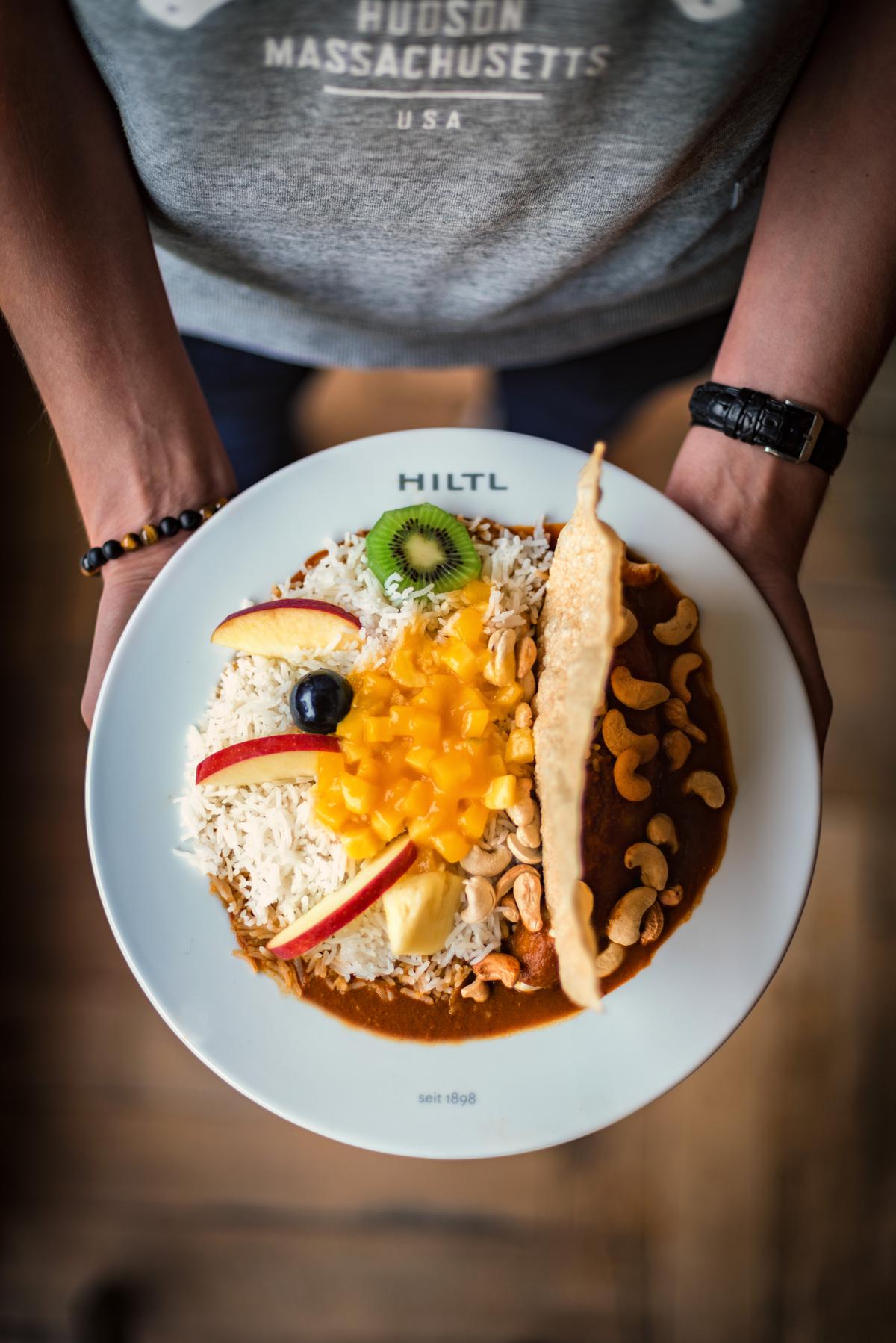
Hiltl classic Banana Madras
| Photo Credit:
Marius Grieder
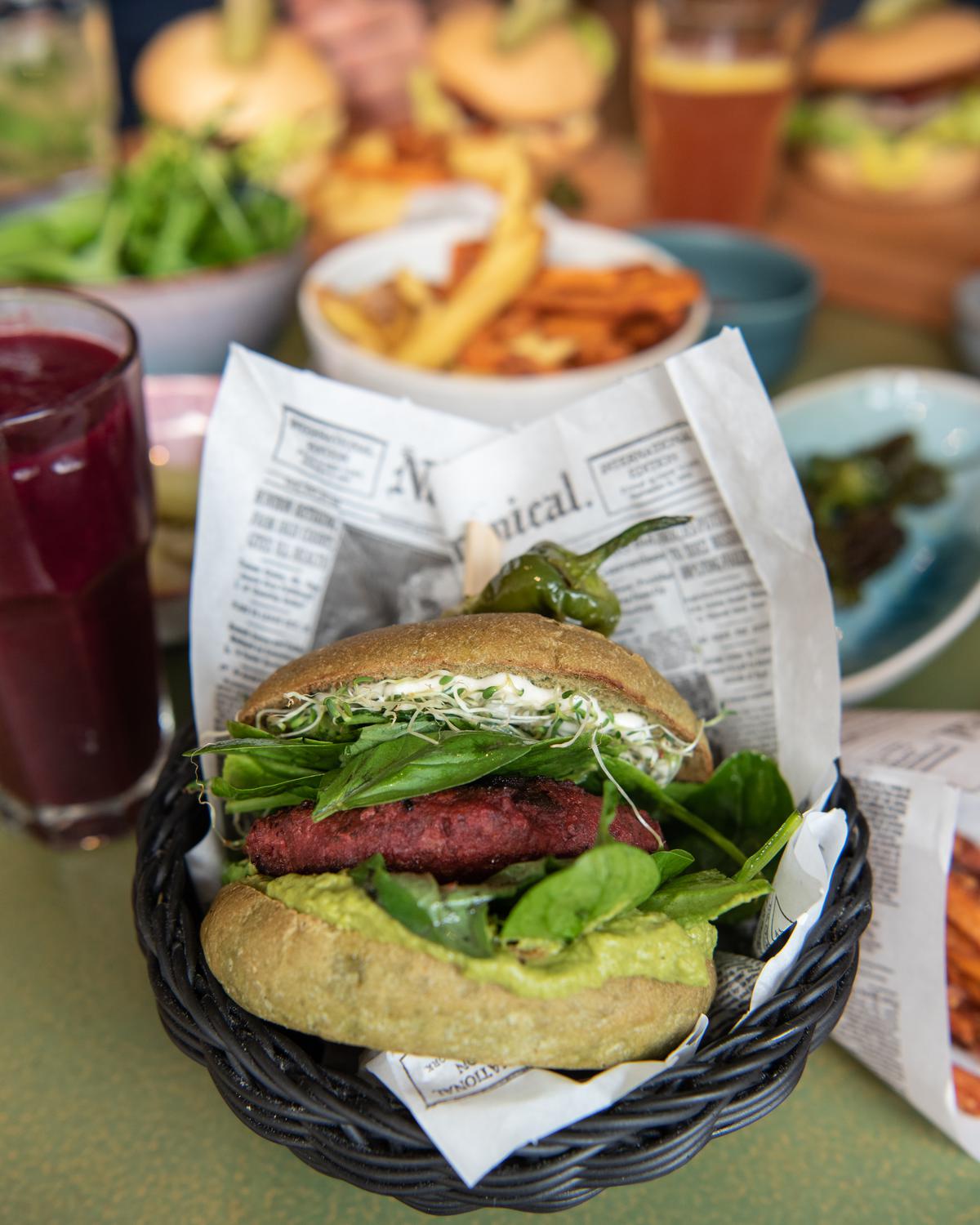
Green burger
| Photo Credit:
@hiltl
A butchery sans meat
The establishment, situated just off the bustling shopping street of Bahnhofstrasse, often tries to not only push the boundaries with vegetarian food, but give it an edgy vibe, a punk rock kind of status that invites diners to confer epithets like hip and cool. Case in point: the vegetarian butchery on the ground level. An oxymoron on the face of it, the idea is to challenge convention, evoke curiosity and urge exploration. Called Vegimetzg (German for vegetarian butcher), it is a concept deli, spread over two floors, designed to look a bit like a butcher shop. Brightly lit display cases showcase sausages, burger patties, Cordon Bleu, tatar (Hiltl’s take on tartare) and much more. Everything is made with vegetables and meat alternatives such as tofu, tempeh, seitan, paneer and soy. There are also vegetarian and vegan wines (that don’t use gelatine or fish bladders in the filtering process).
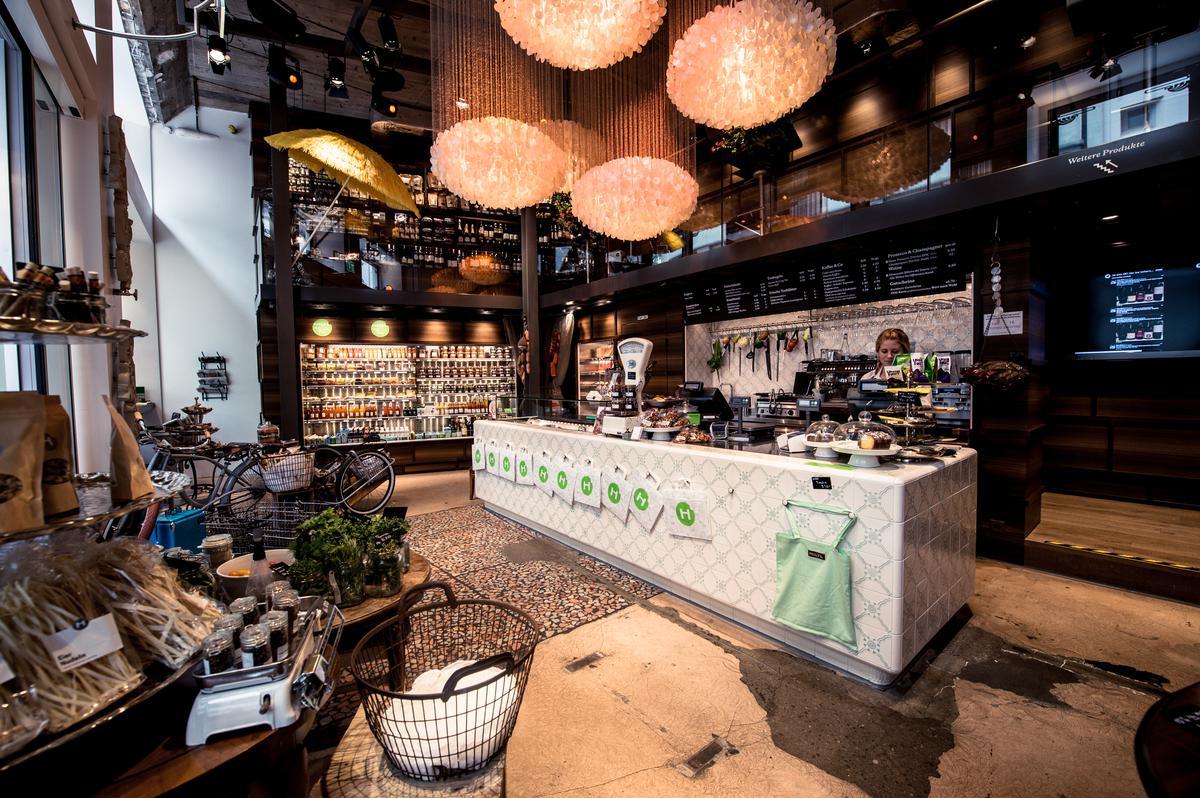
Vegimetzg at the Hiltl
| Photo Credit:
Hiltl
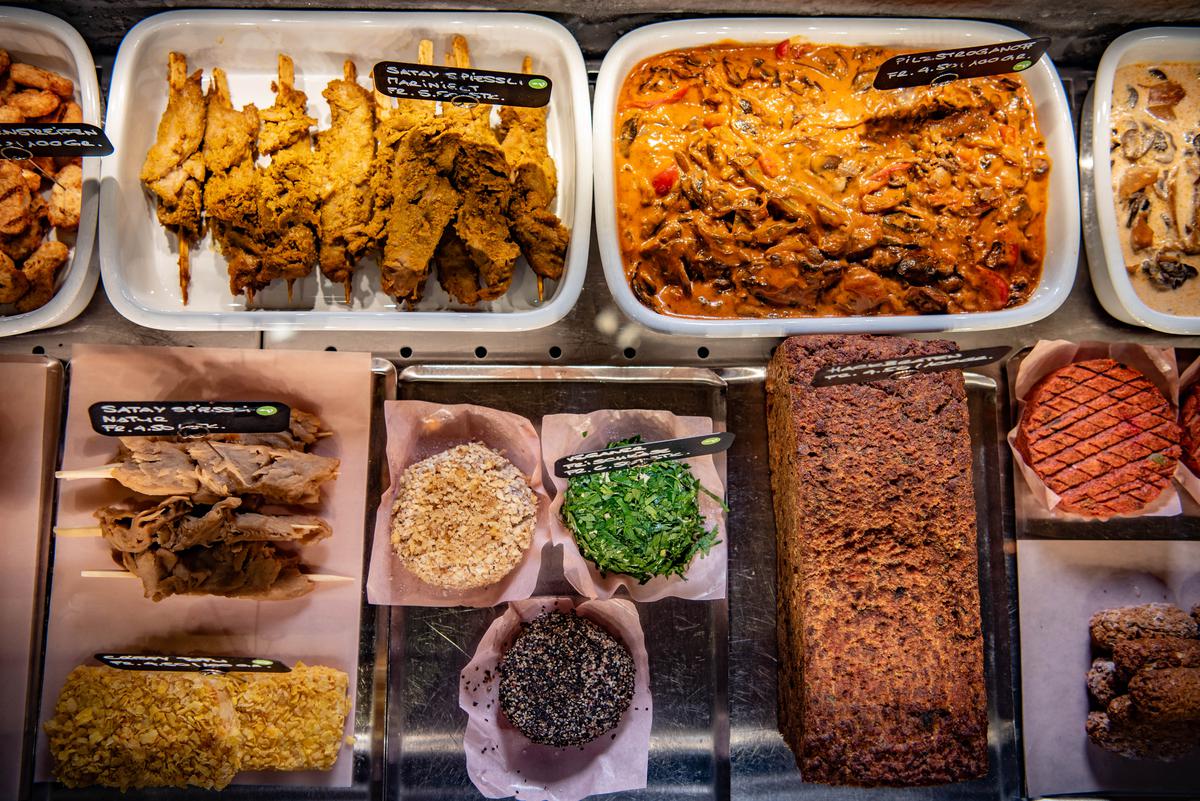
Selection made with vegetables and meat alternatives
| Photo Credit:
Hiltl
And to think it all started with rheumatism! In the late 1890s, 24-year-old German tailor Ambrosius Hiltl settled in Zurich; he was diagnosed with severe rheumatoid arthritis and told to give up meat. He began frequenting the only vegetarian cafe, located on Sihlstrasse. He not only fell in love with the food, but also the place and the cook. As fate would have it, he later took over the restaurant’s management, then bought it and also married the cook, Martha.
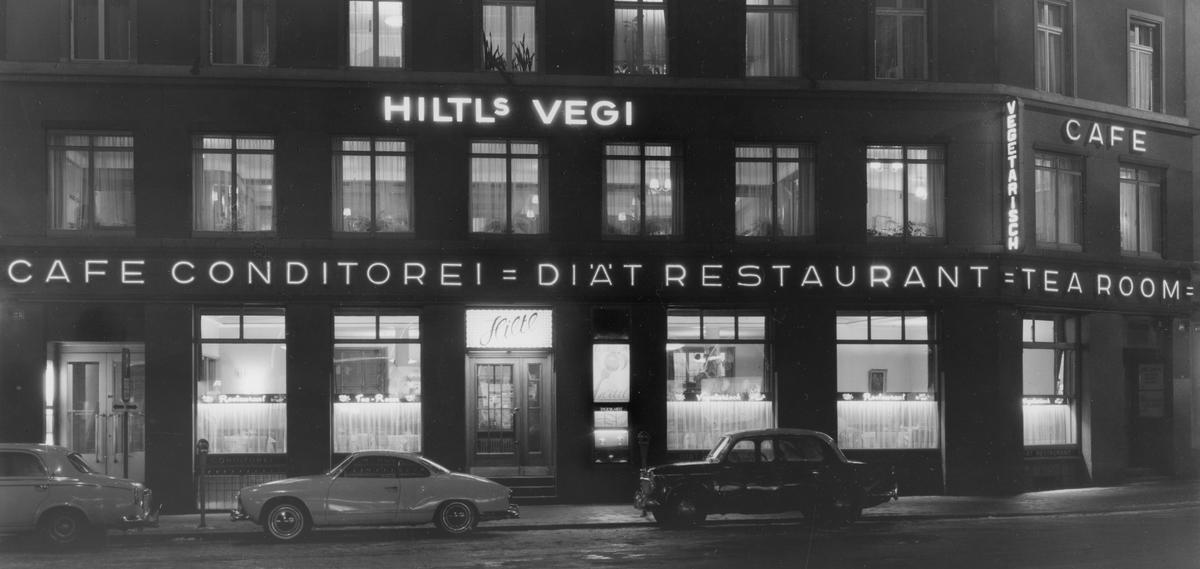
The Hiltl façade in 1931
| Photo Credit:
Hiltl archives
In the 1950s, Hiltl expanded its offerings as Ambrosius’ daughter-in-law Margrit travelled to India and brought back not just bags of spices but also recipes, and introduced Indian dishes. Stories abound of Margrit in the kitchen preparing certain dishes only at night so she could keep the recipes a secret. Gradually, the restaurant drew celebrities, including former Indian Prime Minister Morarji Desai.
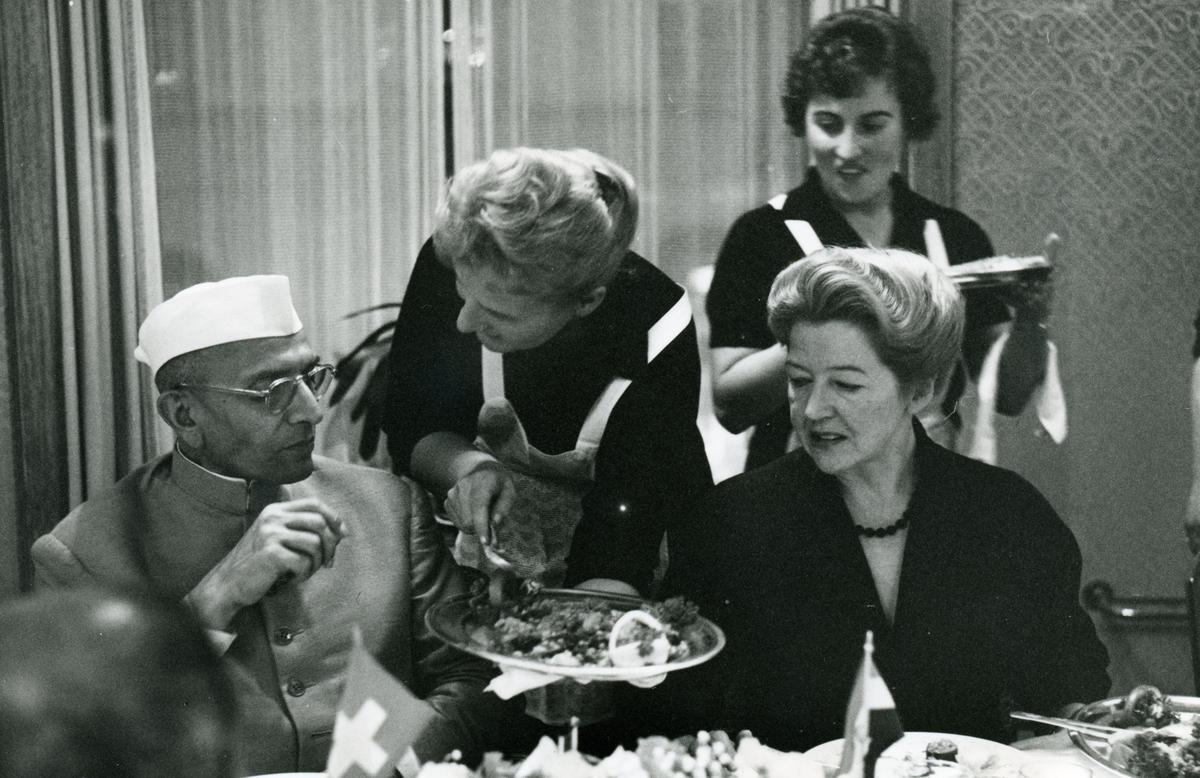
Prime Minister Moraji Desai with Margrit Hiltl
| Photo Credit:
Hiltl archives
In the 1970s and 80s, Hiltl underwent another big shift, modernising its offerings as Europe became aware of vegetarianism. Along came pressed juices, a salad bar, an expanded menu with hundreds of dishes drawing from over 60 cuisines, an informal buffet restaurant, a more formal a la carte restaurant and a cooking academy to teach Hiltl’s dishes.
Inside Haus Hiltl
| Photo Credit:
Aladin B. Klieber
Haus Hiltl bibliothék
| Photo Credit:
Aladin B. Klieber
Cutting out the allergens
But for Rolf Hiltl, a flexitarian who eats meat very rarely, the legacy is intrinsic. “A majority of our customers are local, and at least 80% aren’t even vegetarian,” he says. The appeal, he feels, is not just the menu which is peppered with inspirations from all over the world, but also local dishes and interpretations that have worked very well. “Many times diners don’t even realise that it is vegetarian, or don’t miss meat. I think that’s a good thing,” adds Rolf, whose personal favourite on the menu is their bestselling channa masala.
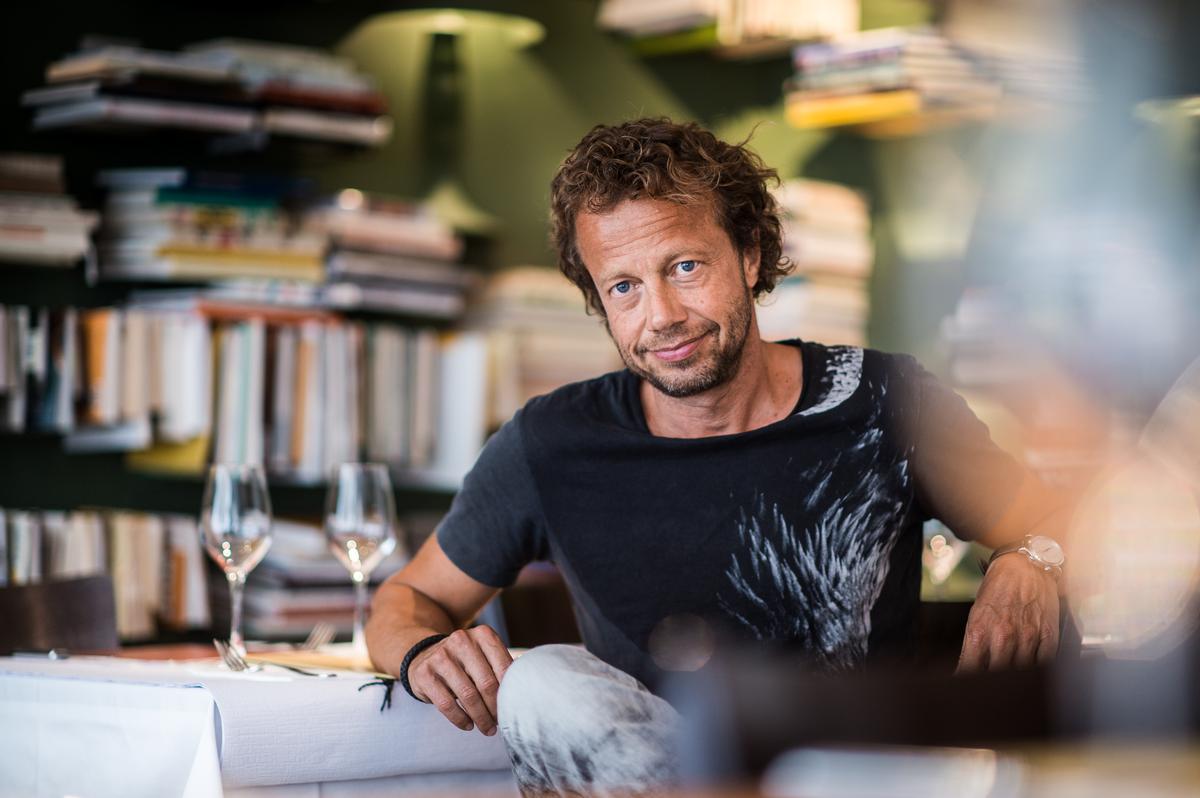
Rolf Hiltl
| Photo Credit:
Adrian Bretscher
He admits that interest in Hiltl and its offerings has gone up post-pandemic. There is now a push for more plant-based food and ingredients to ensure that more than 80% of the buffet is vegan.
The Hiltl buffet
| Photo Credit:
Aladin B. Klieber
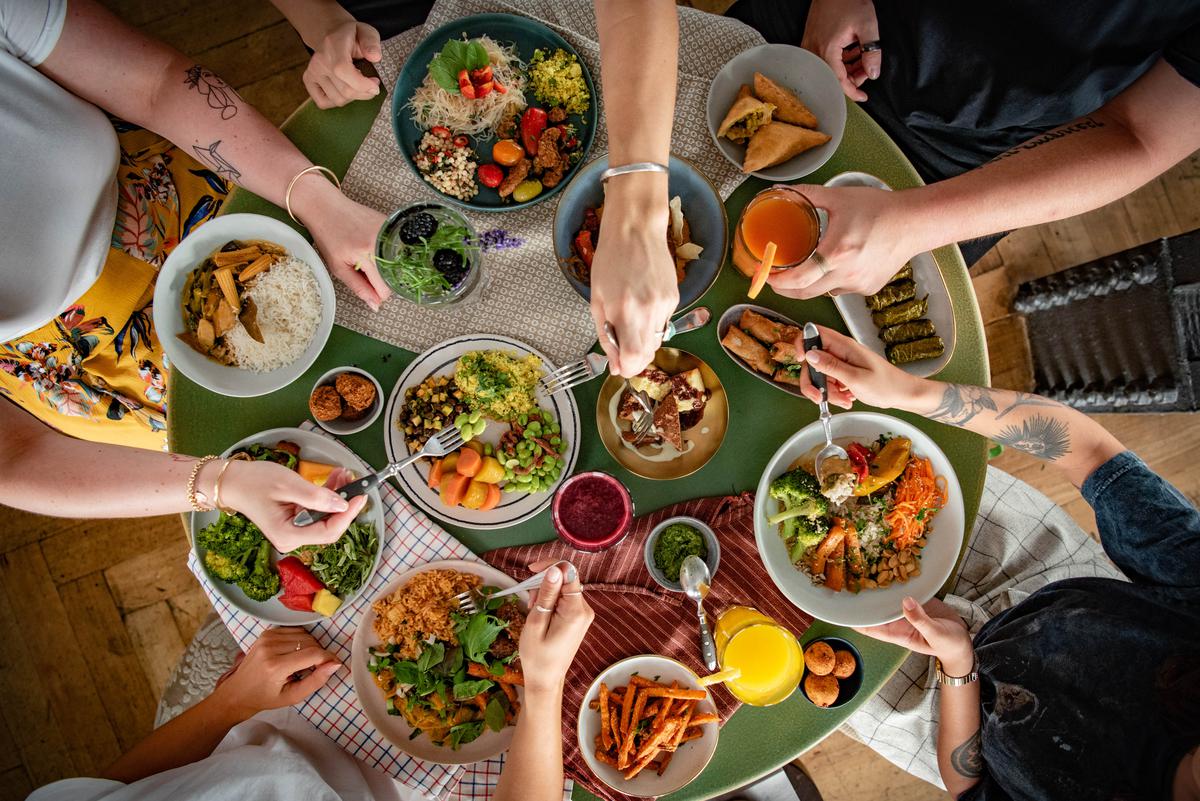
At the buffet
| Photo Credit:
@hiltl
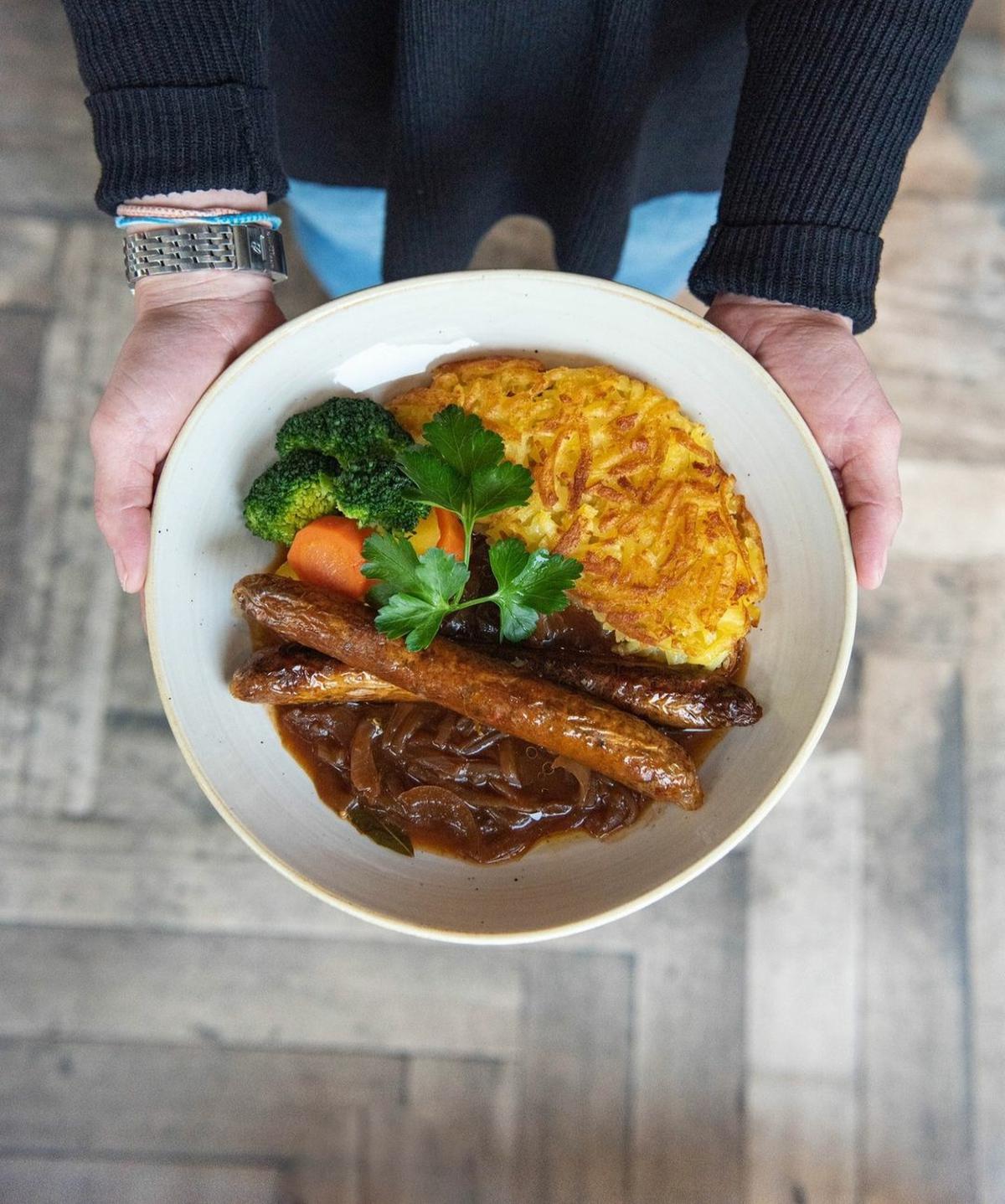
Mock meats on the menu
| Photo Credit:
@hiltl
They are also reducing sugar, gluten and other allergens, and sourcing locally as much as possible — which means that imported ingredients such as avocados are out. But the restaurant has perfected the ‘pea-mole’ that is just as good. However, above everything else, Rolf is very mindful of his legacy and its responsibility. “We have served millions and millions of dishes over 124 years without killing one animal,” he says. “And we will continue to be that way.” millions and millions of dishes over 124 years without killing one animal,” he says. “And we will continue to be that way.”
The freelance writer is based in Bengaluru.
#Zurich #Hiltls #postpandemic #push
